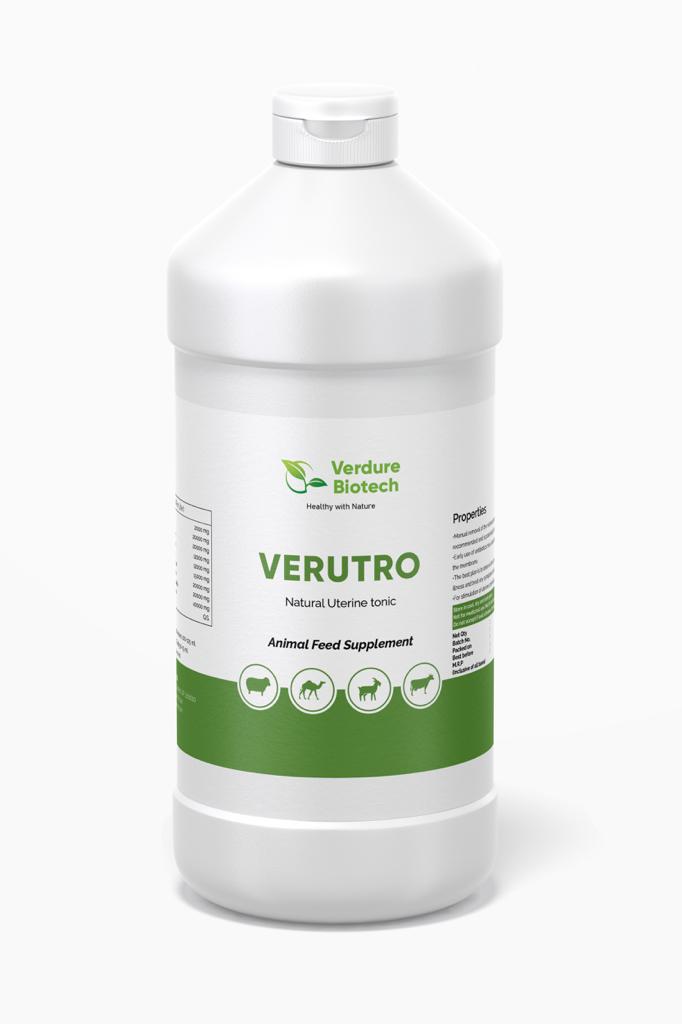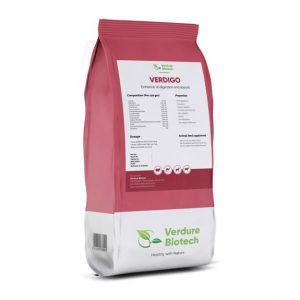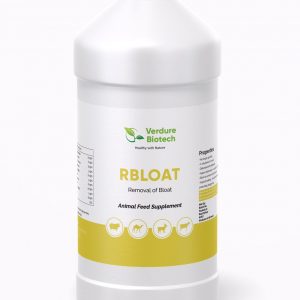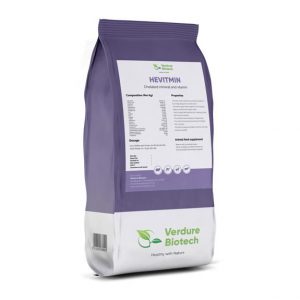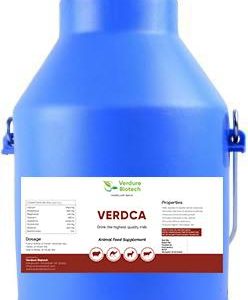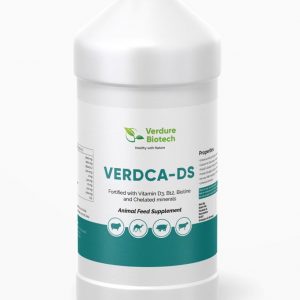(Natural Uterine tonic)
Diagnosis is usually straightforward as degenerating; discolored, ultimately fetid membranes are seen hanging after parturition. Occasionally, the retained membranes may remain within the uterus and not be readily apparent, in which case their presence may be signaled by a foul- smelling discharge. In most cases, there are no signs of systemic illness. When systemic signs are seen, they are related to toxemia. Uncomplicated retention of fetal membranes is unsightly and inconvenient for animal handlers and milkers but generally not directly harmful to the cow.
Properties: |
- Manual removal of the retained membranes is no longer recommended and is potentially harmful.
- Early use of antibiotics may also slow down the release of the membrane.
- The best plan is to observe the cow closely for signs of illness and treat any symptoms that occur.
- Regular weekly progesterone sampling can help determine if there has been any effect of the RP on the cow’s return to normal reproductive activity..
- For stimulation of uterine contractions
- Acceleration of normal labor
- Prevention and treatment of uterine atony and post partum hemorrhage, retained placenta, secundines and remains of exudates.
- Pyometritis and endometritis.
- Initiation of lactation after birth (milk letdown), agalactia.
- Coadjuvant (or only) in treatment of mastitis.
Dosage
Cows, Buffaloes and Horses: 100-125 ml. Calves, Heifers and Colts:50-75 ml.
Sheep and Goats:20-40 ml
Presentation
500 ml, 1 L and 5 L

